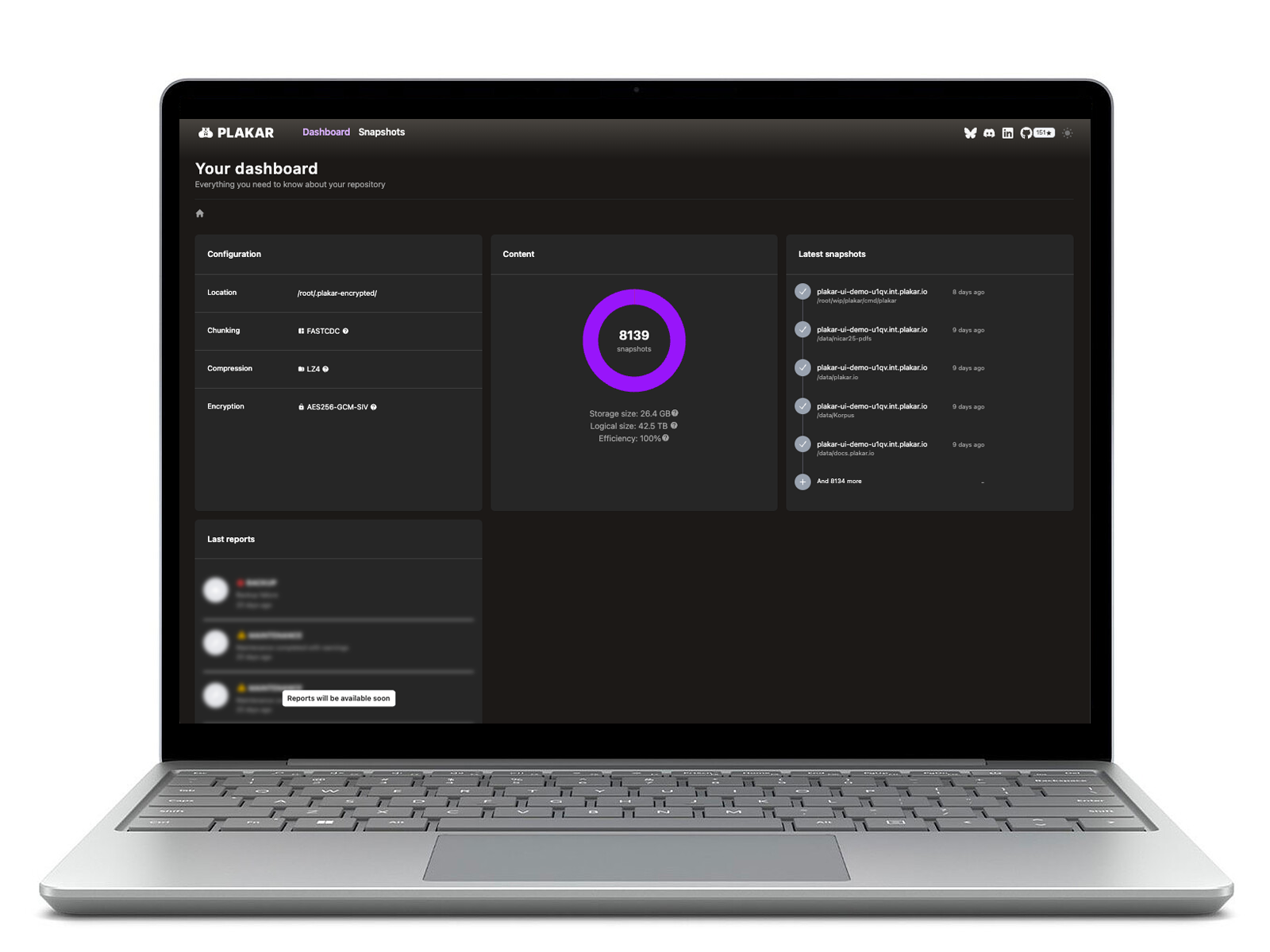🧠 Why protecting MinIO matters
Object storage is often perceived as durable by default, but durability is not backup.
Many organizations use MinIO to store logs, ML datasets, container images, or even backup files themselves, assuming they are safe. But without immutability, integrity validation, or isolation from the main system, data stored in MinIO can be silently corrupted, deleted by lifecycle policies, or compromised by access key leaks.
When retention rules, audits, or recovery are mission-critical, storing objects is not enough. You need a verifiable backup strategy.
🔓 What if your MinIO credentials get compromised?
MinIO relies on access and secret keys for authentication but these keys are often reused across environments, scripts, or services.
If credentials leak or are misused:
- Attackers can access or delete entire buckets
- Lifecycle rules might accelerate data loss
- Replication could propagate the damage instantly
And unless you already have a backup in place, there is no way to recover what was deleted or tampered with.
Plakar helps mitigate this risk with:
- Immutable snapshots stored outside the MinIO access scope
- End-to-end encryption that prevents visibility, even with backend access
- Offline export options for true air-gap protection
No matter what happens in your live MinIO environment, your snapshots remain safe, verifiable, and restorable — on your terms.
🛡️ How Plakar secures your MinIO workflows
Plakar integrates with MinIO in multiple roles:
- As a source connector, Plakar can snapshot one or multiple MinIO buckets, encrypt and deduplicate the content, and persist it to a trusted Kloset store.
- As a restore destination, Plakar can rehydrate verified snapshots into MinIO, on-prem or cloud-based, in a format that matches your production environment.
Snapshots remain immutable, portable, and inspectable via CLI or UI, even if stored offline.
📦 Use MinIO to secure all your backup workflows
MinIO is not just something you can back up, it is also a robust destination to store your Plakar snapshots.
By configuring MinIO as a Kloset store, you can persist encrypted, deduplicated, and versioned backups from any source:
- Databases (e.g. PostgreSQL, MySQL, MongoDB)
- File systems (e.g. NAS, servers, workstations)
- Virtual machines and containers
- Cloud applications or SaaS exports
Because snapshots are content-addressed, Plakar stores only what is new, reducing space and bandwidth usage over time and MinIO scales naturally with that model.
You can browse and restore snapshots stored in MinIO without rehydration, and even export them for cold storage or offline compliance audits.
🧰 Everything in one tool: backup, verify, restore, browse
With Plakar, you do not need to chain together third-party tools or scripts to protect your MinIO-based workloads.
Instead, you get:
- ✅ Immutable, versioned snapshots
- 🔐 End-to-end encryption at the source
- 🧠 Global deduplication to reduce footprint
- 🔎 Full inspection via UI or CLI, without restoring
- 📦 Optional offline storage and long-term retention
From snapshot creation to visual browsing to recovery, Plakar handles it all, with MinIO as both a secure source and a trusted storage backend.

